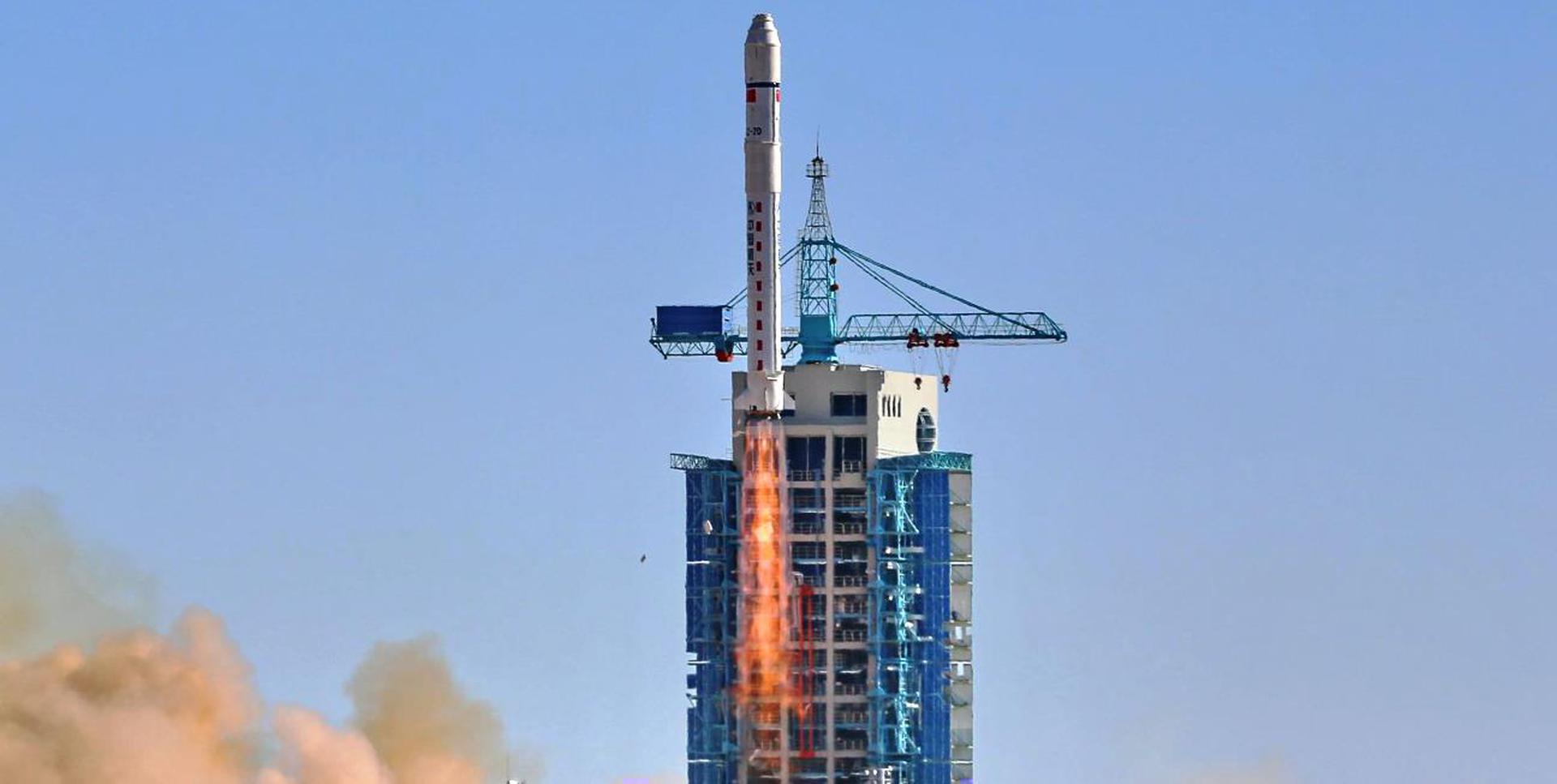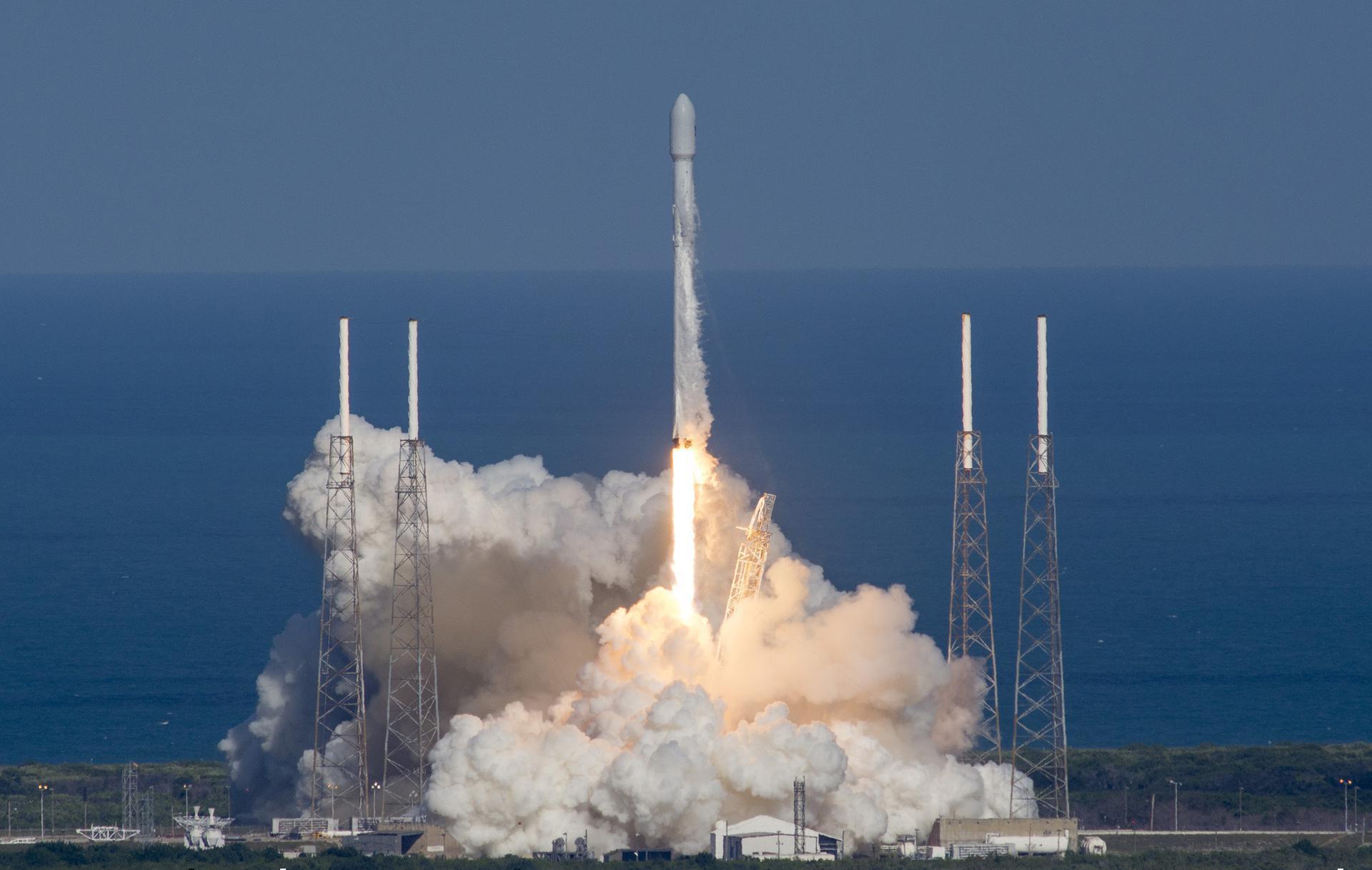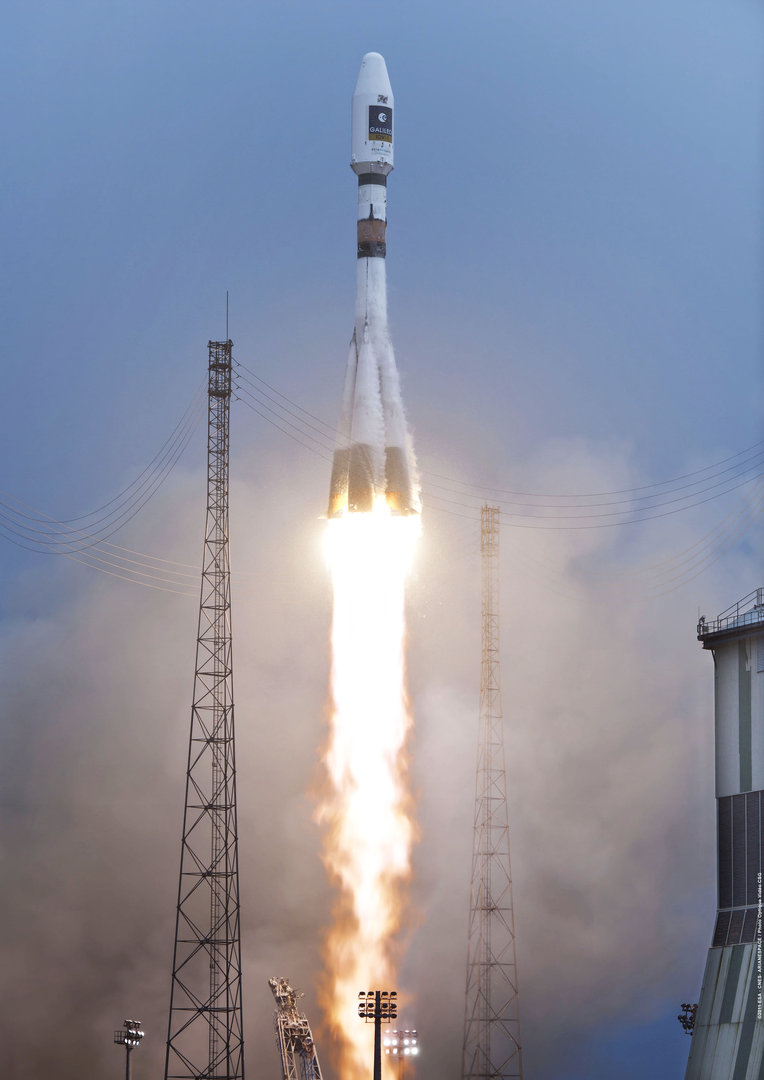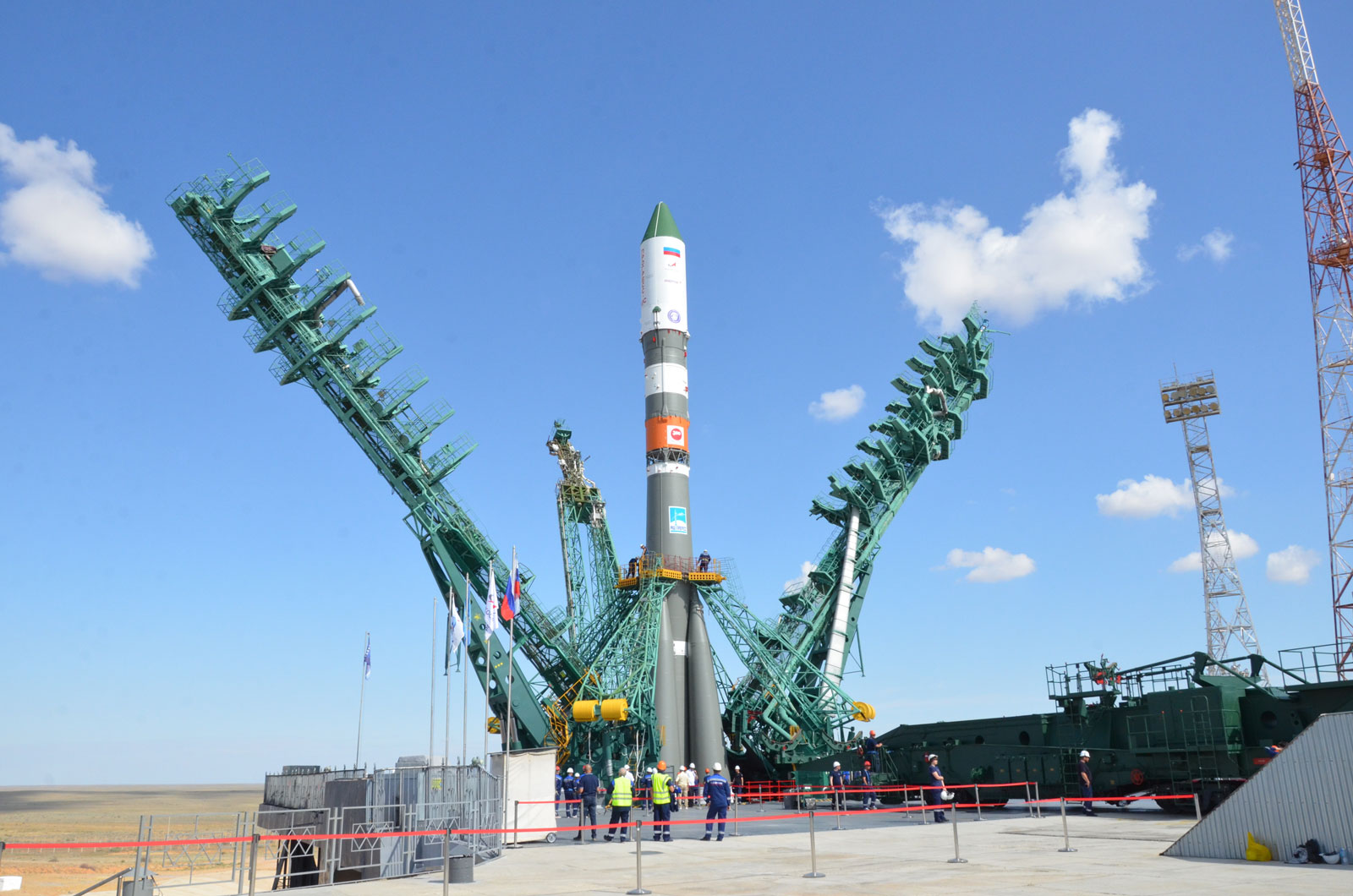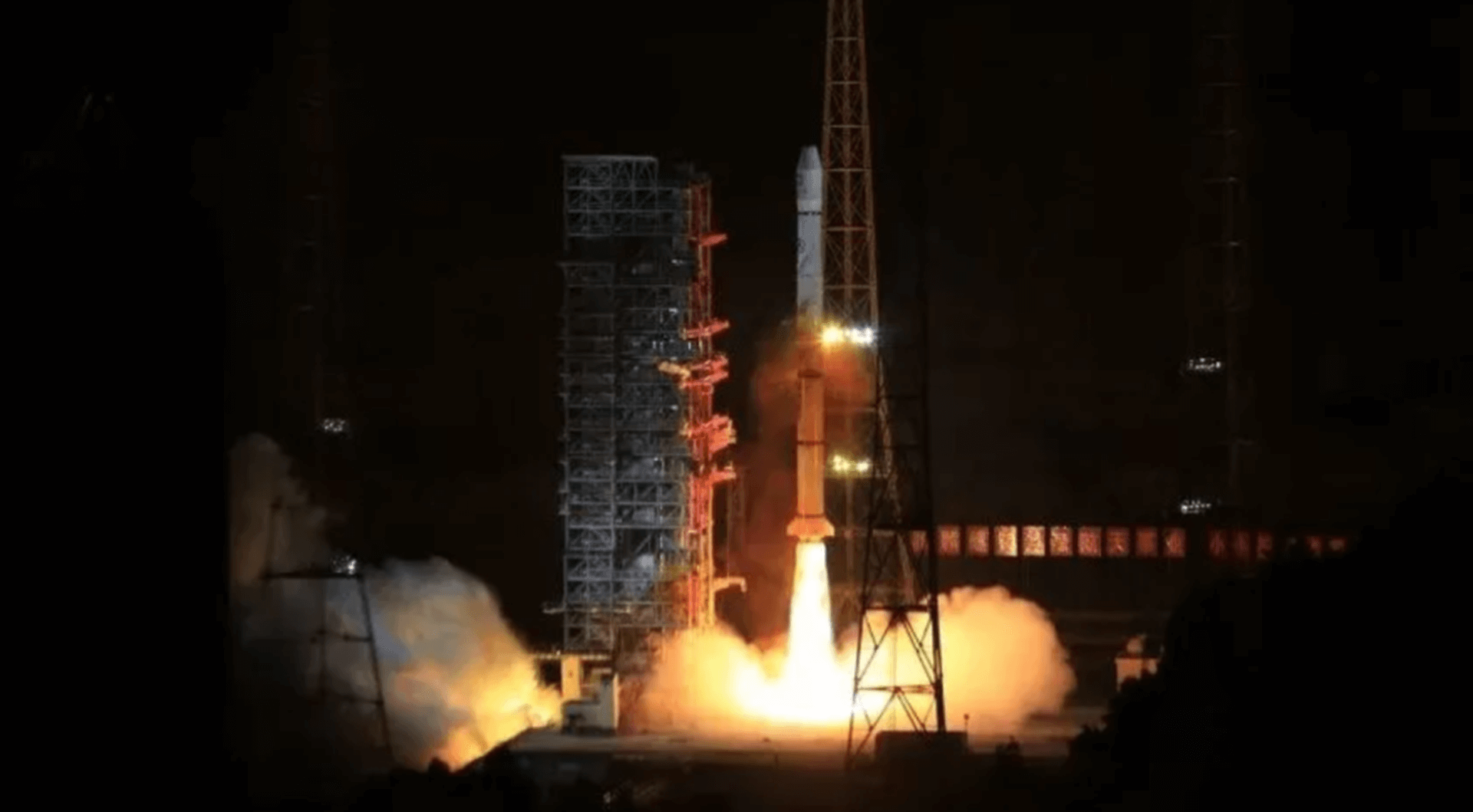Previous Spaceflight Launches
Filter by Agency, Locations or Vehicles
Show All LaunchesLong March 2D | Yaogan-30
China Aerospace Science and Technology Corporation | ChinaJiuquan Satellite Launch Center, People's Republic of China
May 15, 2016, 2:43 a.m.
Falcon 9 Full Thrust | JCSAT-14
SpaceX | United States of AmericaCape Canaveral SFS, FL, USA
May 6, 2016, 5:21 a.m.
Status: Launch Successful
Mission:
Built on the LS-1300 bus by SSL, JCSAT-14 will replace JCSAT 2A in geostationary orbit. Positioned at 154 degrees east, the satellite will provide high speed connectivity for maritime, aviation and resource exploration in Asia, Russia, Oceania and the Pacific. The craft contains 26 C and 18 Ku-band transponders, which are powered by 2 solar arrays for its 15 year lifetime.
Geostationary Transfer Orbit B1022 - Maiden Flight Of Course I Still Love YouPSLV XL | IRNSS-1G
Indian Space Research Organization | IndiaSatish Dhawan Space Centre, India
April 28, 2016, 7:20 a.m.
Status: Launch Successful
Mission:
This is the 7th and final satellite for the Indian Regional Navigation Satellite System. The constellation will provide India with an alternative to GPS and will be used for military and civilian use. Located at a geosynchronous orbit the system will be operated by the Indian government.
Geostationary Transfer OrbitSoyuz-2.1a/Volga | Mikhailo Lomonosov, Aist-2D & SamSat 218
Progress Rocket Space Center | RussiaVostochny Cosmodrome, Siberia, Russian Federation
April 28, 2016, 2:01 a.m.
Status: Launch Successful
Mission:
MVL-300 is named after Mikhail Vasilyevich Lomonosov to honour the 300th year since his birth. The Russian mission will study transient phenomena in the Earth’s upper atmosphere, as well as observing cosmic rays and gamma ray bursts. With a short lifespan of 5 years, the 450kg craft will operate in a 550km Sun-Synchronous orbit.This will mark the first Soyuz mission to launch from the Vostochny Cosmodrome, Russia
Sun-Synchronous OrbitSoyuz STA/Fregat | Sentinel-1B
Progress Rocket Space Center | RussiaGuiana Space Centre, French Guiana
April 25, 2016, 9:02 p.m.
Status: Launch Successful
Mission:
Sentinel-1 is a two satellite constellation for land and ocean monitoring. C-band imaging will provide an all-weather day-and-night supply of imagery for Copernicus user services. This is the second and last satellite launched of the pair.
Sun-Synchronous OrbitFalcon 9 Full Thrust | SpX CRS-8
SpaceX | United States of AmericaCape Canaveral SFS, FL, USA
April 8, 2016, 8:43 p.m.
Status: Launch Successful
Mission:
SpaceX launched the Dragon spacecraft on their eighth operational cargo delivery mission to the International Space Station. Among the cargo was the Bigelow Aerospace’s BEAM module, which was attached to the station and will stay so for 2 years. BEAM is an expandable habitat module that will undergo tests to determine its worthiness during the stay. The flight was conducted under the Commercial Resupply Services contract with NASA.
Low Earth Orbit B1021 - Maiden Flight Of Course I Still Love YouLong March 2D | Shijian 10
China Aerospace Science and Technology Corporation | ChinaJiuquan Satellite Launch Center, People's Republic of China
April 5, 2016, 5:38 p.m.
Status: Launch Successful
Mission:
Shijian-10 is a retrievable satellite that will perform 19 experiments in low earth orbit over 15 days before returning to earth. The experiments onboard include the Soret Coefficient in Crude Oil (SCCO) experiments, as well as experiments on radiation, combustion, and biology. Due to the short lifespan and retrievable design the craft will not be encapsulated within a fairing and will be powered by chemical batteries instead of solar panels.
Low Earth OrbitNew Shepard | NS-4
Blue Origin | United States of AmericaCorn Ranch, Van Horn, TX, USA
April 2, 2016, 4:18 p.m.
Soyuz 2.1a | Progress MS-02 (63P)
Progress Rocket Space Center | RussiaBaikonur Cosmodrome, Republic of Kazakhstan
March 31, 2016, 4:23 p.m.
Long March 3A | Beidou No. 22
China Aerospace Science and Technology Corporation | ChinaXichang Satellite Launch Center, People's Republic of China
March 29, 2016, 8:11 p.m.
